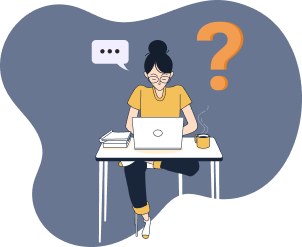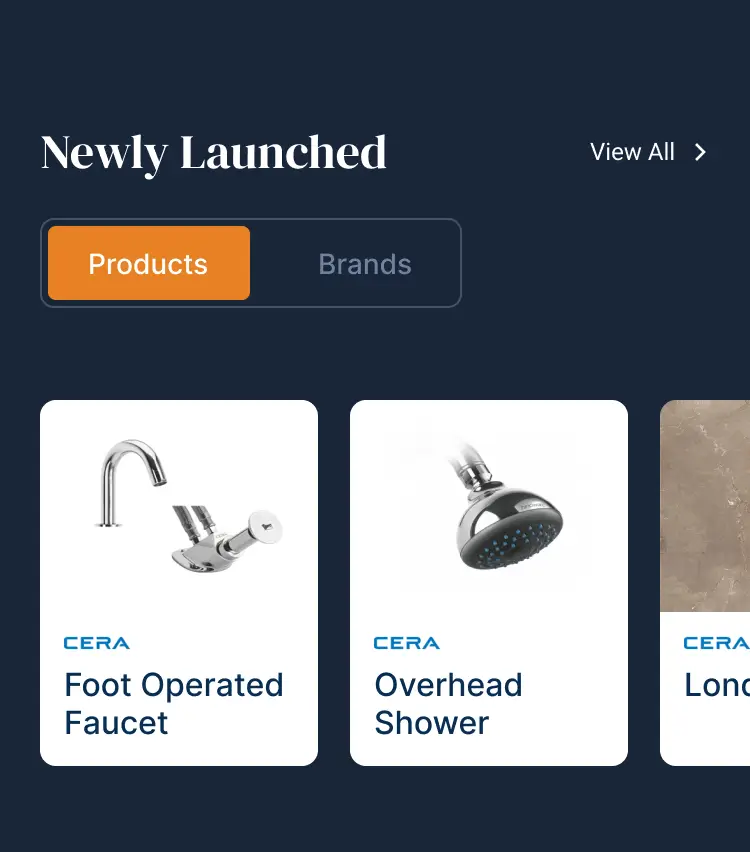
Table of Contents
Wood veneers are a common interior material used to finish a variety of wooden objects. A wood veneer is an extremely thin slice of wood cut from a tree log. It is glued to various types of engineered wood, including plywood, MDF, blockboard, and particleboard, to provide a finished and decorative look. Many interior designers use wood veneer to enhance the aesthetic appeal of kitchen cabinets. Wood veneer comes in a variety of forms based on wood species, matching, cuts, and more.
There are several reasons to use wood veneer. Most importantly, it is more economical than solid wood. Wood veneers are widely used in residential, hotel and office projects. Before using wood veneers in your home, it is important to understand their advantages and disadvantages. Here, we have provided information on the benefits and drawbacks of wood veneers that homeowners should know before buying them.
Also Read: Different Types of Wood Veneer & Their Uses
Advantages of Wood Veneer Sheets

01. Woo-Like Aesthetics at a Lower Cost
Wood veneers provide aesthetic appeal of natural wood at a significantly lower cost. As natural wood is scarce nowadays, it has become expensive. Since wood veneers are just thin slices of wood, they can be easily glued to an engineered wood substrates to create a wood-like appearance.
02. Flexibility in Designs
Each wood veneer sheet is unique, just like every tree. Even within a single tree log, each layer can vary, facilitating endless design possibilities that give your furniture a distinctive, exclusive look. Compared to laminates, natural veneers can be customised more easily with polish or varnish to change their shade from light to dark. This flexibility helps achieve uniform edge and surface finishes, contributing to elegant and timeless look for any space.
Also Read: Veneer vs Laminate: Make the Right Choice
03. Increased Strength and Durability

Apart from enhancing aesthetics, applying wood veneer sheets to weaker engineered woods like particleboard can help increase their strength. Fiberboards like MDF and HDF are susceptible to water damage; applying wood veneer sheets can protect them and increase their durability. Veneers also resist warping and fragmentation. Being a natural product, veneer lasts longer than laminates. However, when wood veneer sheets come into contact with water, their polish may get damaged.
04. Eco–Friendly
Wood veneer is an eco-friendly material that can be easily recycled. After its intended lifespan, wood veneers can be crushed into wood waste, which can then be used to make particleboard and MDF.
Also Read: 8 Eco Friendly Building Materials Utilised in Green/Sustainable Buildings!
05. Better Wood Utilisation
Wood veneers help in the better utilisation of wood, as only a thin layer of wood is used to make furniture. A single tree log may yield only a few solid wood pieces, whereas the same tree log can produce numerous veneer sheets that can be used as covering materials for many furniture items.
06. Natural and Non-toxic

Unlike laminates, wood veneers are a natural product and are generally non-toxic. Nowadays, non-toxic adhesives are available in the market that do not emit VOCs (Volatile Organic Compounds). These adhesives can be used to apply wood veneers to the substrates safely.
7. Low Maintenance and Easy to Handle
Veneers require less maintenance than solid wood as they are less prone to warping or splitting. They are lightweight and easy to install.
Also Read: How To Apply Wood Veneer Sheets: Follow These Simple Steps!
Disadvantages/Cons of Wood Veneer Sheets

01. Susceptible to Water Damage
With prolonged exposure to water, wood veneers can get damaged. Unless a sealant is applied to the surface, wood veneers are prone to water damage in wet conditions.
02. Installation Requires Skilled Workers

Wood veneer sheets are not easy to install like laminates. They require skilled workers, and any air gaps must be properly removed to get a perfect finish. Additionally, the sheets need to be acclimated before installing, which means keeping them in the room for 3 – 5 days before installing.
03. Requires More Maintenance
Wood veneers require more maintenance, and they need to be polished from time to time. To ensure increased durability, they must be polished periodically.
04. Cannot be Repaired
Unlike solid wood furniture, which can be sanded and restored multiple times, wood veneers cannot be easily restored or repaired. Due to their thinness and fragility, once damaged, they are difficult to fix. If repairs are possible, they tend to be costly.
05. May Lack Authenticity
For many, veneers come across as a mere replica of solid wood, lacking the natural character, texture and depth that solid wood offers.
06. Lightweight
Veneer furniture is typically lighter compared to solid wood furniture, which makes it easier to move around. But not all consumers view this as an advantage. Often, heavier furniture is perceived as being of higher quality.
07. Formation of Cracks
Wood veneer is frequently placed atop MDF or plywood, which have differing expansion and contraction rates from the wood veneer on top. As a result, when the wood veneer expands or shrinks naturally in response to temperature changes, the material behind it does not do the same. It sometimes causes the wood veneer to crack.
Conclusion
Wood veneers can add a stunning and elegant look to your home interiors if properly installed. They have become a popular choice due to their ability to replicate the aesthetics of solid wood at a lower cost. However, they do not last as long as solid wood furniture. After going through the above advantages and disadvantages of wood veneers, a homeowner must make a judicious choice depending on the requirements.
FAQs Regarding Wood Veneer
01. What is wood veneer, and how is it used?
Wood veneer is a thin slice of natural wood that is glued onto engineered wood surfaces like plywood, MDF, or particleboard to enhance aesthetics and durability. It is commonly used for furniture, cabinets, and interior finishes.
02. What are the main advantages of wood veneer?
Wood veneer offers the appearance of natural wood at a lower cost, is eco-friendly, enhances the durability of engineered wood, allows for unique design variations, and provides flexibility in surface finishes.
03. What are the disadvantages of wood veneer?
Some drawbacks include susceptibility to water damage, the need for skilled installation, higher maintenance requirements, difficulty in repair, and the potential for cracks due to material expansion and contraction.
04. How long does wood veneer last?
With proper care and maintenance, wood veneer can last for many years. Regular polishing and protection from moisture can help extend its lifespan.
05. Is wood veneer better than solid wood?
Wood veneer is a cost-effective and sustainable alternative to solid wood. While it doesn’t offer the same longevity as solid wood, it provides similar aesthetics and better resistance to warping when applied to engineered wood.
Also Read:
Manufacturing Process of Wood Veneer
Various Types of Wood Finishes
References
Architectural Digest (2017) ‘Here’s the Truth About Wood Veneers’. Available at: https://www.architecturaldigest.com/story/the-truth-about-wood-veneers (Accessed: 7 April 2025)
GL Veneer (n.d.) ‘Benefits of Using Wood Veneer’. Available at: https://glveneer.com/benefits-of-using-wood-veneer/ (Accessed: 7 April 2025)






























